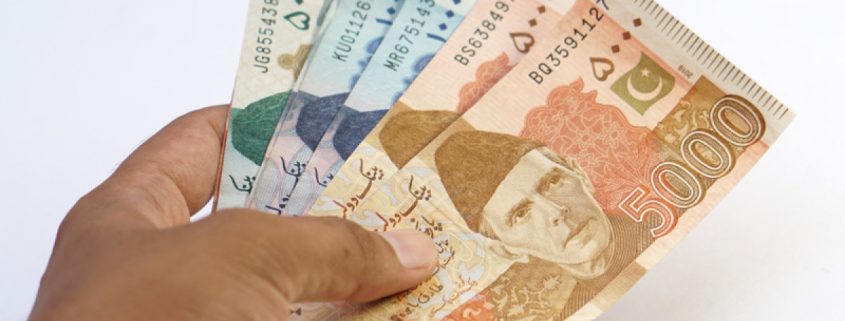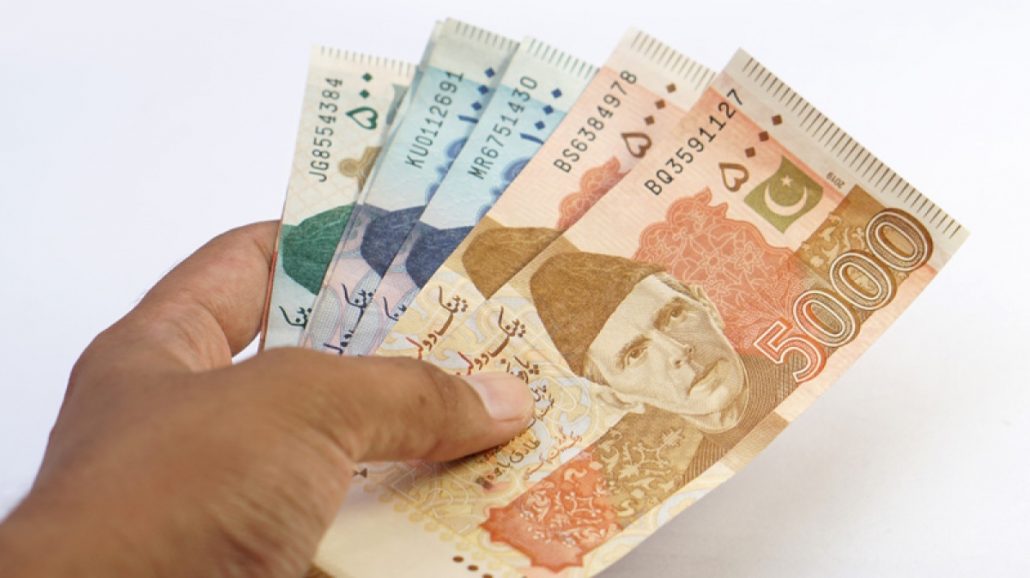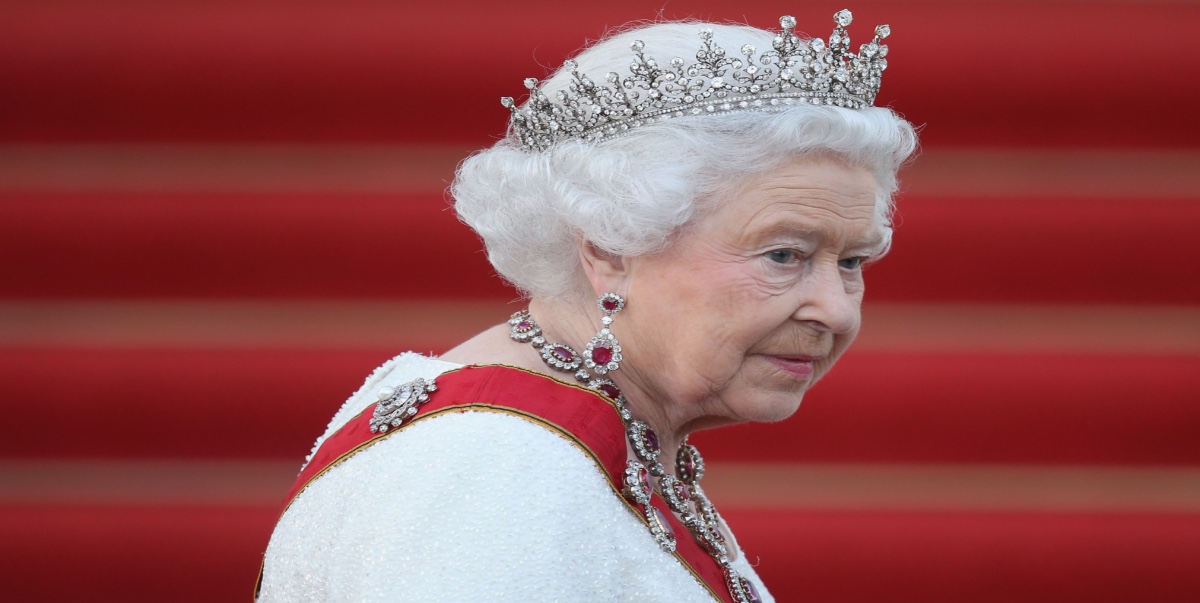The Global Impact of Pakistan’s Economic Crisis
by Mahvish Akhtar
Pakistan has been facing a financial crisis since the Ukraine war. The economic and allyship it was getting from the United States and other allies were less in numbers and became less apparent. However, it started a couple of years before that, it just sunk its teeth deeper with the Ukraine invasion, and there was no room to play games anymore. As soon as the U.S. left Afghanistan from the ground and refugees started to pour into Pakistan and the surrounding areas, all big powers knew this was a problem beyond them. Along with Afghanistan, Pakistan was left to its vices as well. Then last year’s flood hit, and all bets were off. There has not been any relief for the country. It wouldn’t be fair to blame all its economic problems on recent events. The responsibility lies with the leaders and governments over the years who have been making bad decisions concerning the economy and were corrupt.
Almost every other country or state in that region has surpassed Pakistan in economic and political strength. Pakistan is the only country in the area that has yet to struggle with war or invasions yet is struggling to this extent. India got its independence at the same time as Pakistan, and they have a thriving economy. The excuses or issues that Pakistan would raise for not being a strong, stable country by now would be nullified by India’s example.
In the past year, Pakistan’s foreign-exchange reserves have shrunk by more than half to just over $9bn; this means the country has about six weeks’ worth of imports left. Its currency, the rupee, has lost 31% of its value against the dollar.
The 2022 floods caused over $30 billion in economic losses in Pakistan. At the end of March 2022, the State Bank of Pakistan’s reserves stood at $ 11.425 million, but they gradually tanked to an almost four-year low of $ 6.715 million on 2nd December. Pakistan has a $4,632 million debt to Japan, a $1,598 million debt to Germany, a $1299 million debt to France, and a $14,503 million bilateral debt to China. Between July 2021 and March 2022, over 80% of Pakistan’s bilateral debt service went to Beijing.
China is Pakistan’s largest bilateral creditor, with outstanding loans of $14.5 billion; only the ADB ($14 billion) and the World Bank ($18.1 billion) have comparable amounts tremendous. However, this number undercounts the extent of Chinese lending to Pakistan in other categories. For instance, China’s SAFE (State Administration of Foreign Exchange) has lent to Pakistan. The Economic Survey lists $7 billion owed to SAFE/TIME (not clarified in the budget documents), which likely includes loans extended by SAFE.
Pakistan also owes $8.77 billion to ‘commercial banks,’ which include banks from West Asia and three Chinese lenders: the Bank of China, ICBC, and China Development Bank, all state-owned banks. Between 2016–17 and 2020–21, extended short-term loans worth $11.48 billion to China. But it is not clear how much of this amount is still outstanding. Through debt and equity financing, Beijing has invested over $60 billion in the country via its Belt and Road Initiative (BRI). Pakistan has borrowed $30 billion from Chinese lenders. While China has already reduced its lending to Pakistan, analysts say a sustained crisis could make Beijing wary of investing more money.
Mariam Salman Anees, a developmental specialist, writes, “The country is currently running on foreign loans taken on high-interest rates. It must repay $80 billion in the coming three years.” Pakistan is currently focused on getting the money, but solid plans haven’t been made or suggested for paying it back. This is becoming a growing concern for the global community. In the event of a default, the contraction will be severe. It will affect every sector of the economy and life, leading to unemployment and increased poverty. This could further fuel political instability and potentially result in social unrest.
Pakistani Taliban and other such groups will take advantage of a broken-down economy and a weakened government. The political infighting has already brought people onto the streets, and the public has mistrusted the leaders. Pakistan has seen a resurgence of terrorism from radical Islamist groups and ethnic militants in the resource-rich province of Baluchistan. The Pakistani Taliban, which killed thousands of Pakistanis during the war on terror, announced their return with a horrifying suicide attack a few months back that killed over 100 people attending Friday prayers at a mosque. The episode is a warning sign that instability in neighboring Afghanistan will impact Pakistan again.
An independent think tank, Pakistan Institute for Conflict and Security Studies (PICSS) research says that terrorist attacks have increased by 79% in 2023 compared with 2022. The latter half of 2022 recorded 228 attacks, resulting in 246 fatalities and 349 injuries. In the first six months of 2023, we witnessed an 18% rise in attacks compared to the latter half of 2022, accompanied by a 58% increase in fatalities and an 88% increase in injuries.
Uzair Younus, the director of the Pakistan Initiative at the Atlantic Council’s South Asia Center, says, “This is a country of 220 million people, with nuclear weapons and serious internal conflicts and divisions.” As things stand now, all the major political parties, despite their drastic differences, are invested in keeping the country intact, and the military remains a powerful final arbiter over politics. But toxic political infighting and frequent leadership changes have made responsible stewardship of the economy even more complicated, setting Pakistan down the path toward deeper problems.
Even though they want the country to survive, the leaders have yet to be able to carry out the job without looking out for number one, themselves. Former Prime Minister Asif Ali Zardari, notorious for his outlandish comments and having been charged with corruption while in office, told a U.S. Diplomat, Richard Holbrooke Pakistan is “too big to fail” It seemed like a titanic curse when those words were said. Now we see the direct result of this attitude and thought process.
Pakistan’s government has made several changes to the next fiscal year’s budget, including budgetary tightening measures dictated by the IMF in a last-ditch effort to secure critical funding.
“Pakistan and IMF had detailed negotiations for the last three days as a last effort to complete the pending review,” Finance Minister Ishaq Dar told the house as he unveiled the changes.
- New taxes:
- Rs70bn will come from fertilizer duty.
- Rs45bn from increased taxes on buying and selling property.
- Rs30bn from increased taxes on people earning above Rs200,000 per month.
- Govt to cut spending by Rs85bn.
- PDL is to be raised from Rs50 to Rs60 per liter.
- Rs80bn scheme to boost remittances.
Dar said the government aims to generate another Rs215 billion in taxes and cut spending by Rs.85bn in the next fiscal year. He claims that the government seeks to do this without a federal development budget or the salaries and pensions of government employees.
“We are very close to signing a staff-level agreement with the IMF,” the finance minister told Reuters on June 23rd, 2023.
The United States kept Islamabad close until now and poured money into many different areas because it was a strategic and a war ally in a troubled region. It’s hard to say if all the efforts, money, time, weapons, and media input were worth it and if it would all backfire with continued support. The global community wants a stable Pakistan; it needs a stable Pakistan for its benefit. Pakistan’s government and opposing political parties also need a durable and thriving Pakistan. We know why it has come to this and what the country needs to do on its feet. However, if the government cannot manage, the global aftermath will be far more gruesome than we foresee. All of Pakistan’s allies are backing away. Monetary funding is being put on hold. The political and terrorist unrest is confusing the public. This kind of fear ends up causing issues like brain drain and people fleeing the country right when the government requires those minds and healthy workers.





















2023
2,629 views
views
0
comments